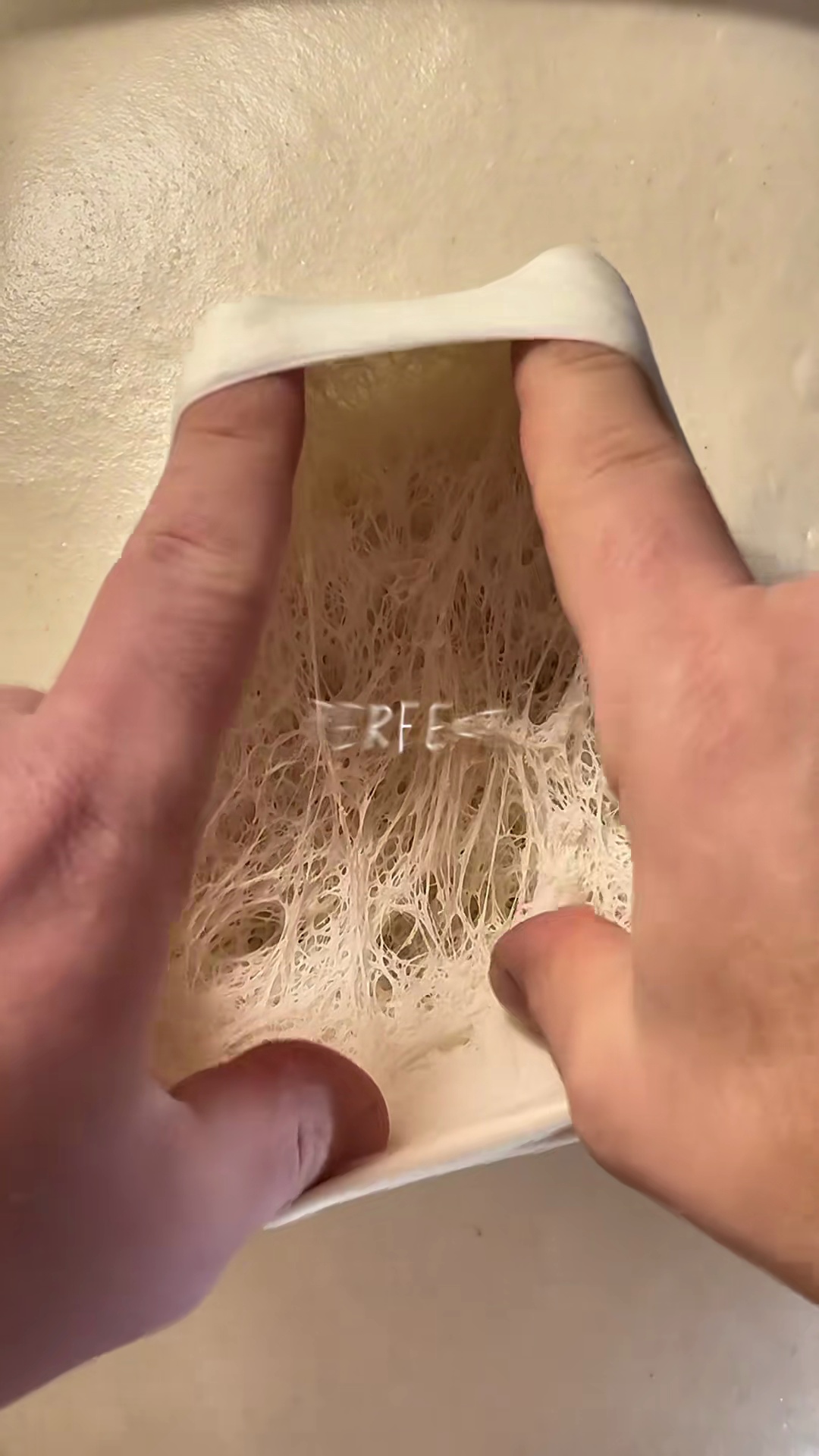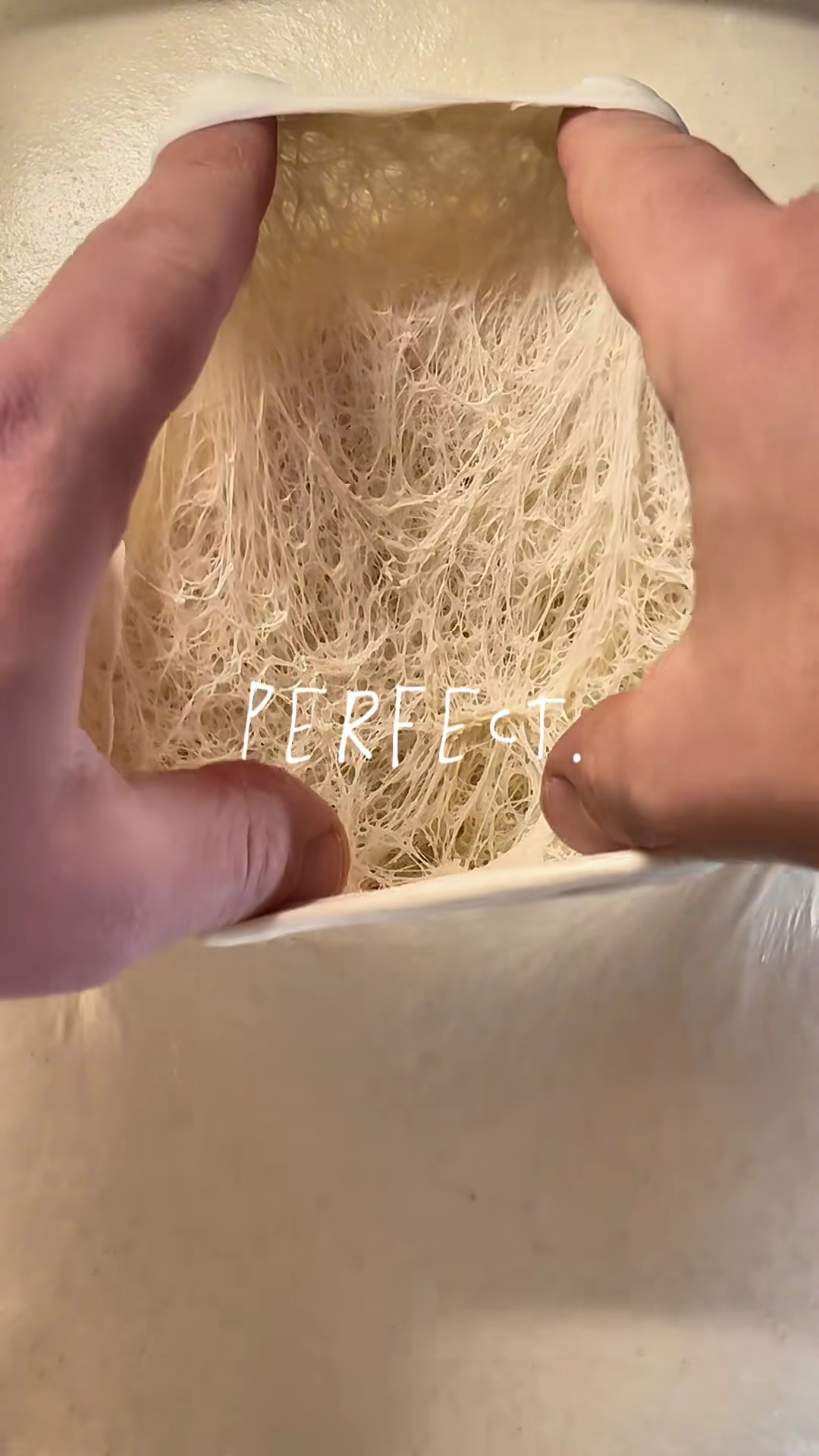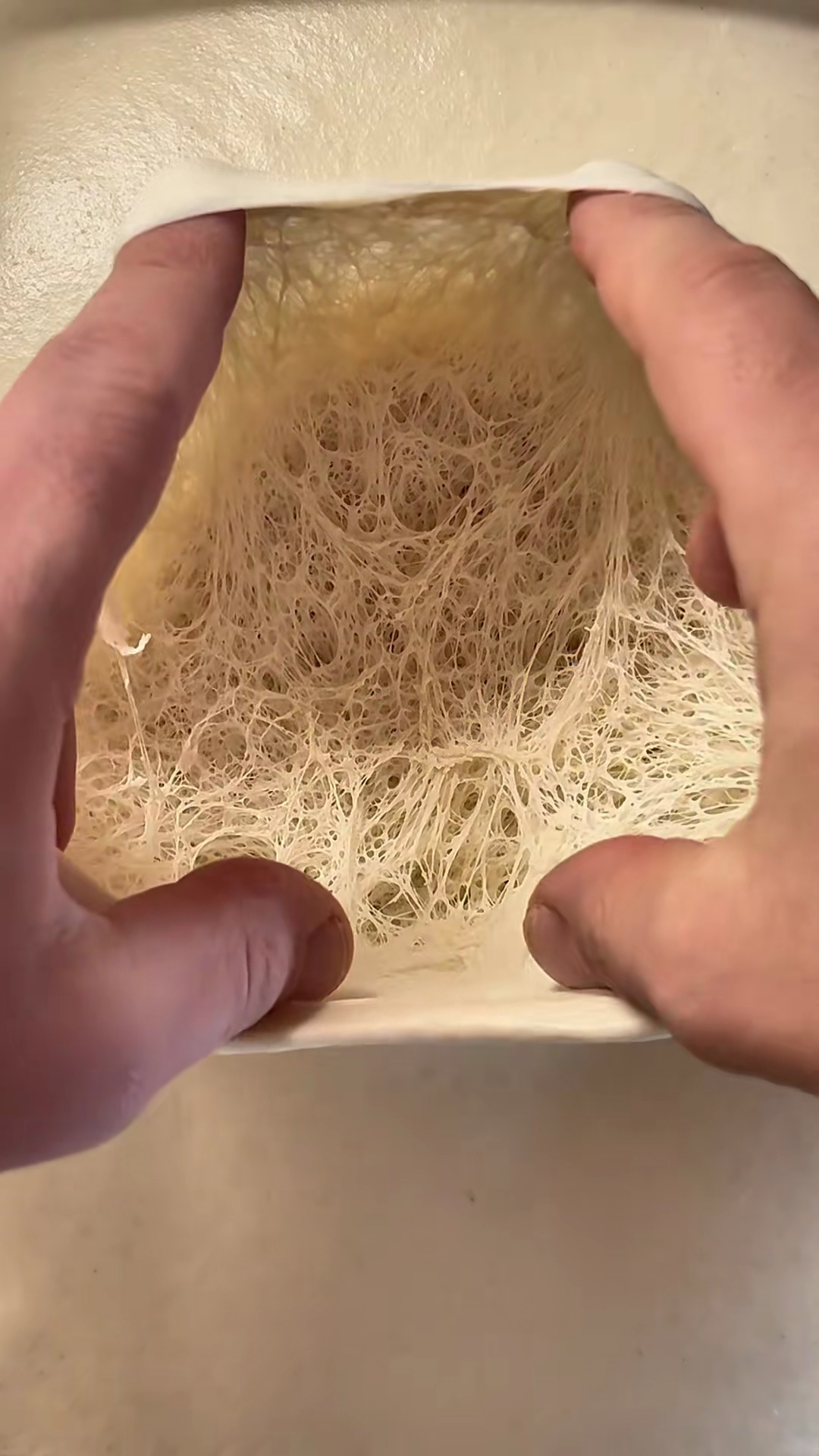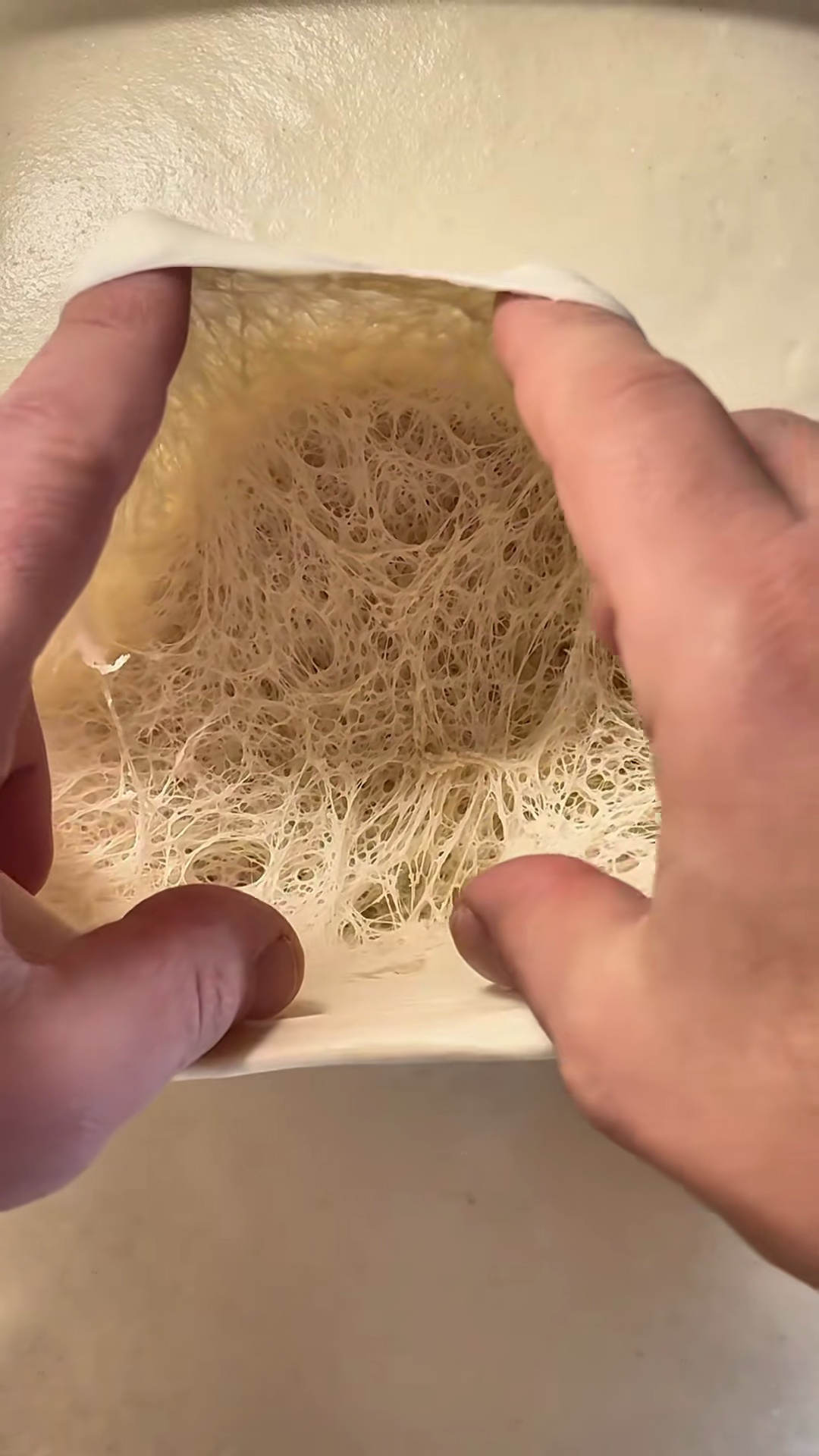Back to Italian Recipes
Author:
pizzaundso_
TikTok
7M
103K
Homemade Neapolitan-Style Pizza Dough
Learn how to make a classic homemade Neapolitan-style pizza dough from scratch. This recipe yields a light, airy, and flavorful crust, perfect for your favorite pizza toppings. The process involves simple ingredients and essential steps like mixing, kneading, and proofing to achieve an authentic pizzeria-quality dough.
#pizza
#dough
#homemade
#pizzanapoletana
#baking
#italian
#bread
#vegetarian
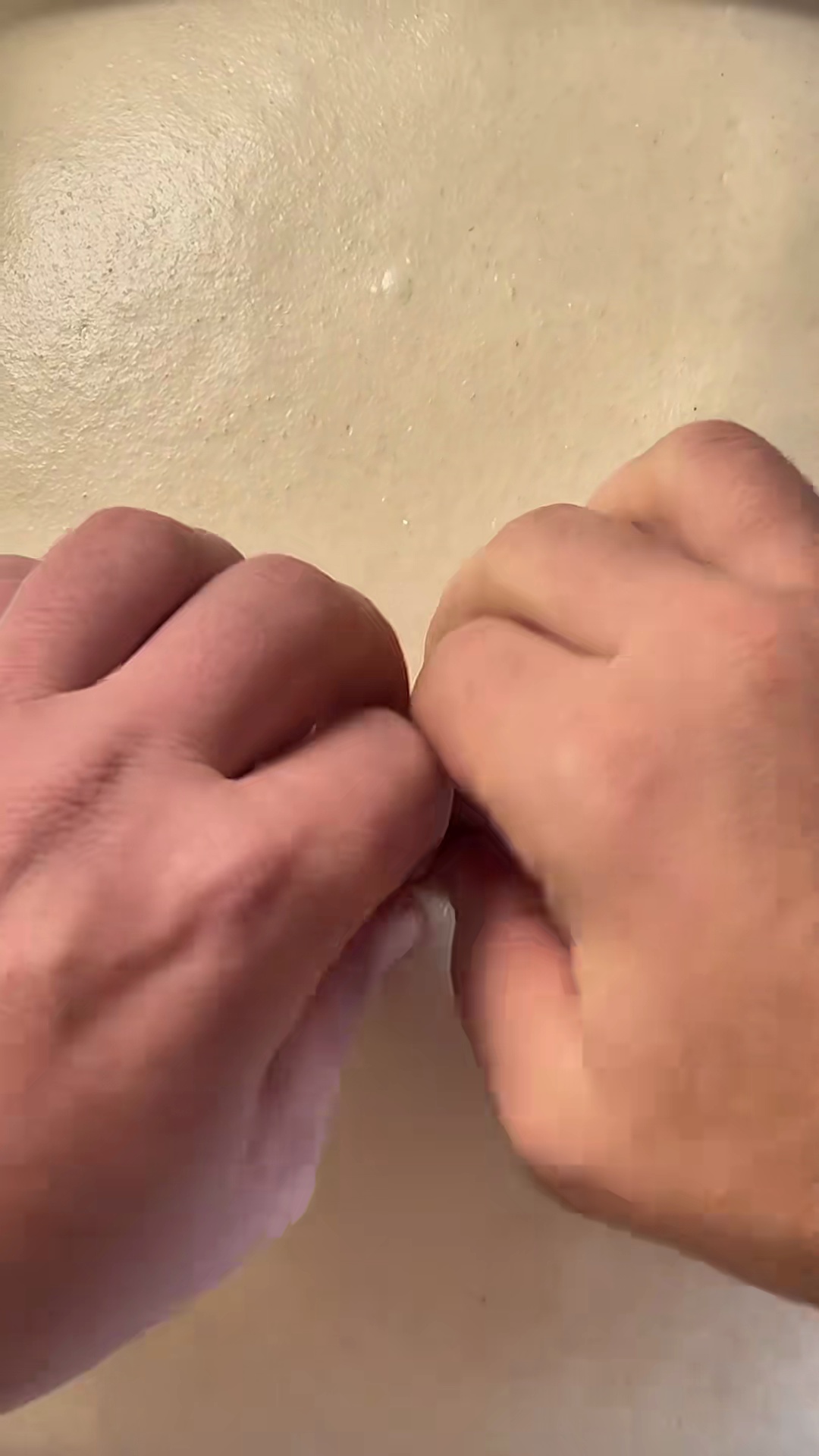
Mixing Ingredients
Recipe Information
30m
Prep Time
3h
Cook Time
3h 30m
Total Time
3
Servings
Medium
Italian
German
Nutrition (per serving)
350
Calories
11g
Protein
70g
Carbs
3g
Fat
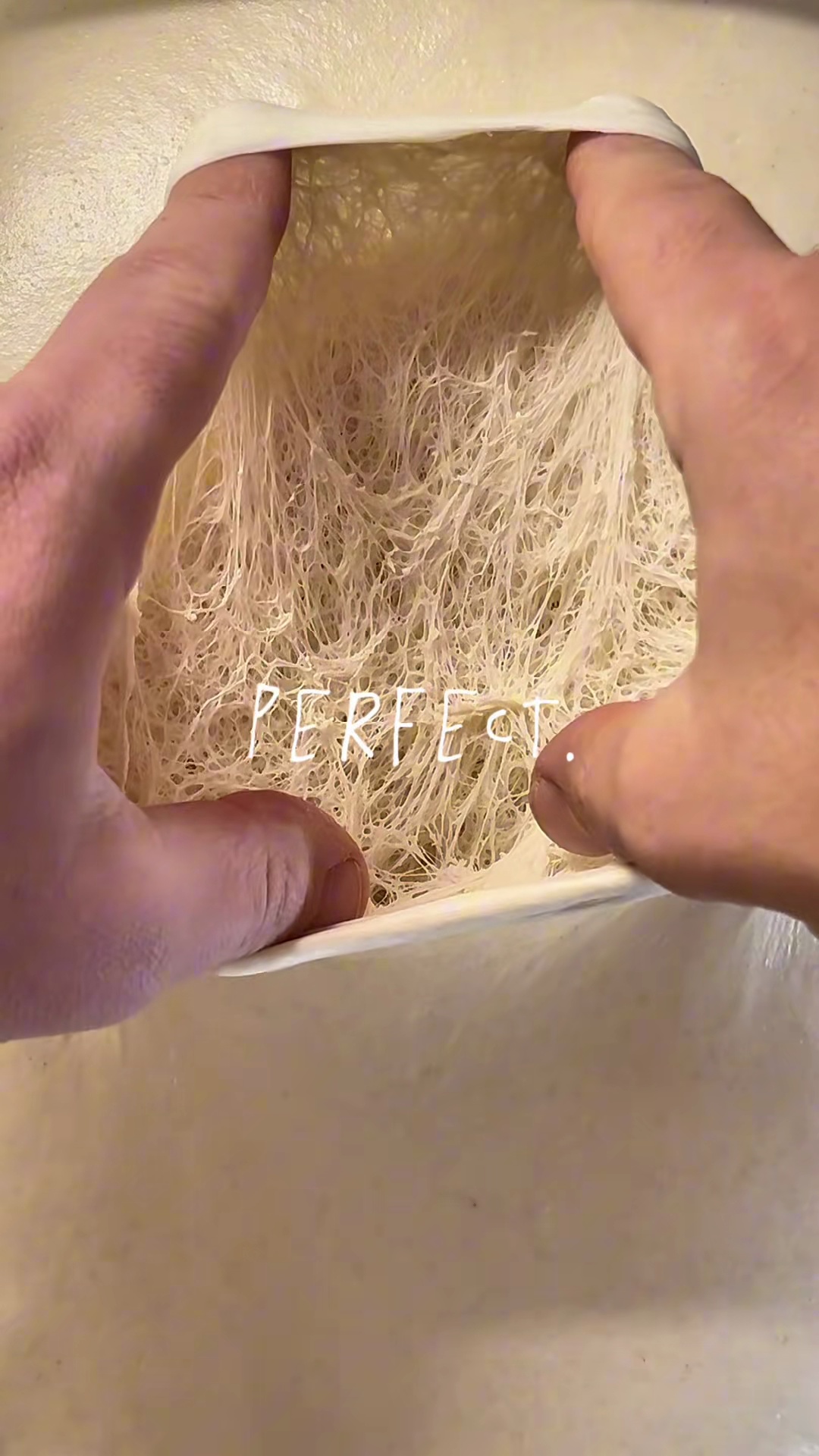
Kneading the Dough
Ingredients
Servings: 3
💡 Tip: Check off ingredients as you add them to keep track of your progress!
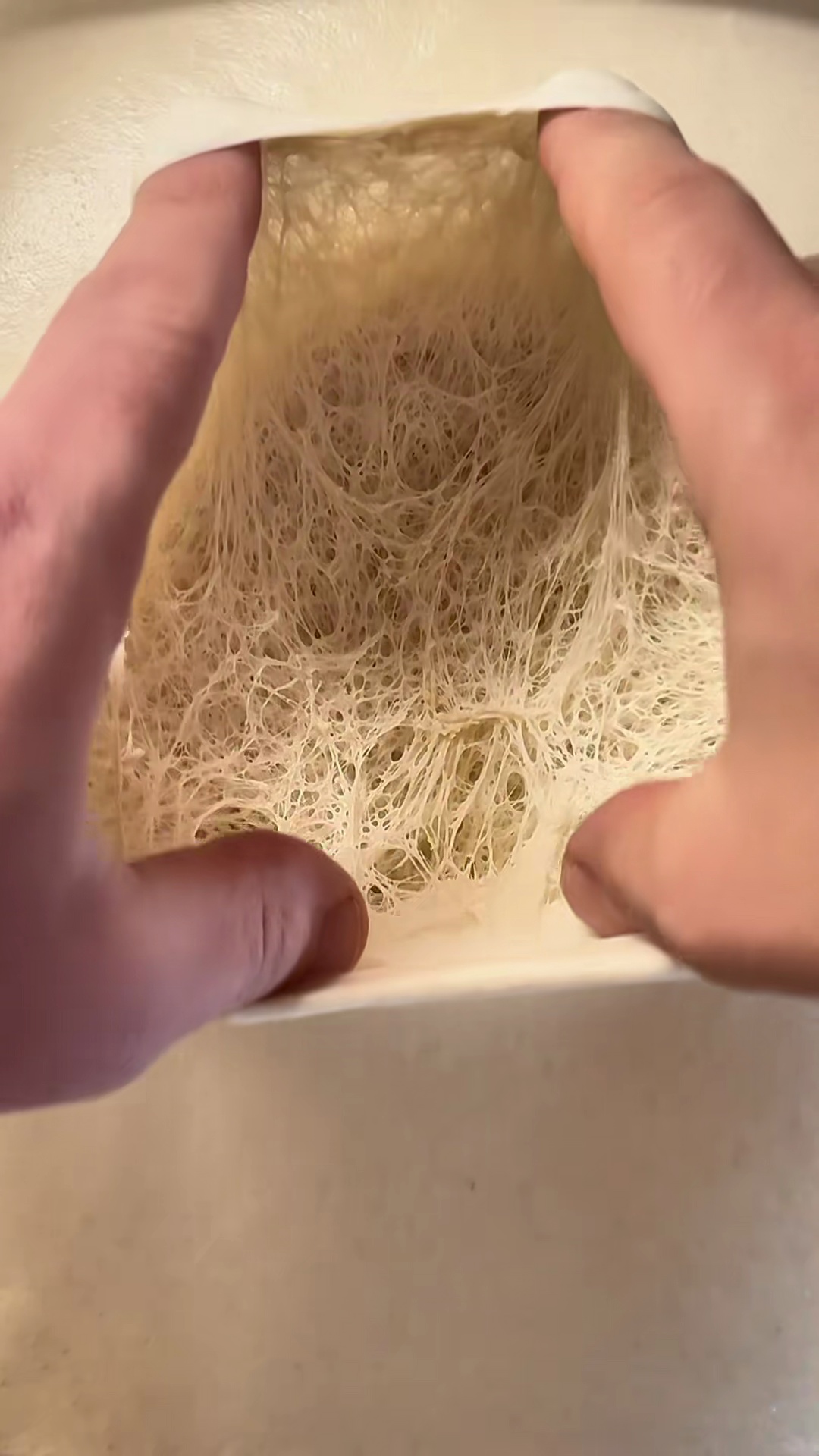
Dough Proofing
Instructions
0/6 completed
0%
💡 Tip: Click on any step to mark it as completed and track your cooking progress!




